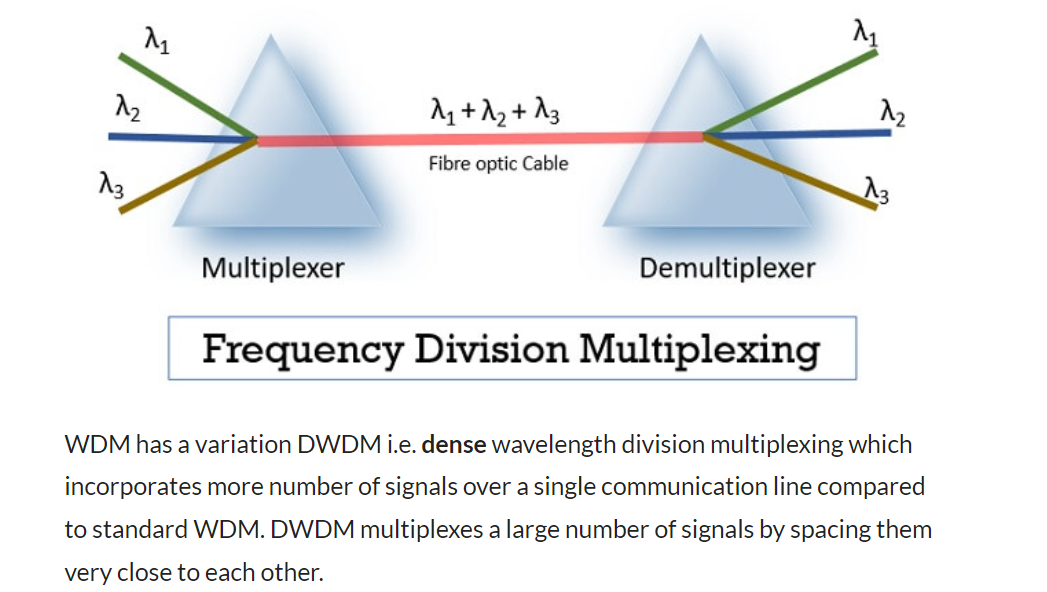Multiplexing - LogeshVel/802.11 GitHub Wiki
Multiplexing is a technique which integrates several signals and transmits it over a single data link. These multiplexed signals are accepted by the demultiplexer which separates them and delivers them to the corresponding node. Multiplexing makes the transmission of multiple signals, economical as we do not have to add a new link for each new signal.
Multiplexing can be performed on analog as well as digital signals.
TDM
Time Division Multiplexing
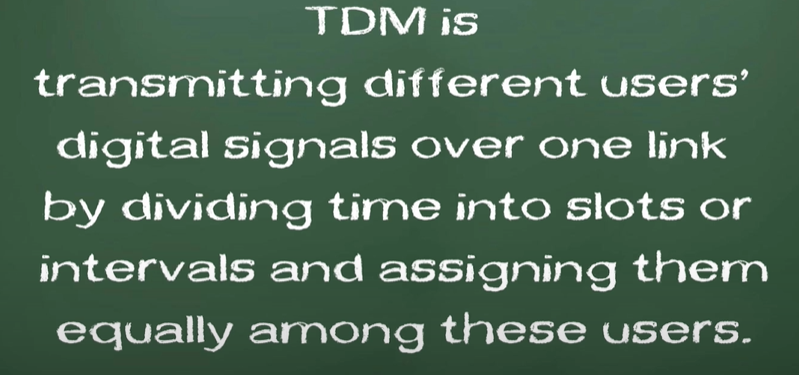
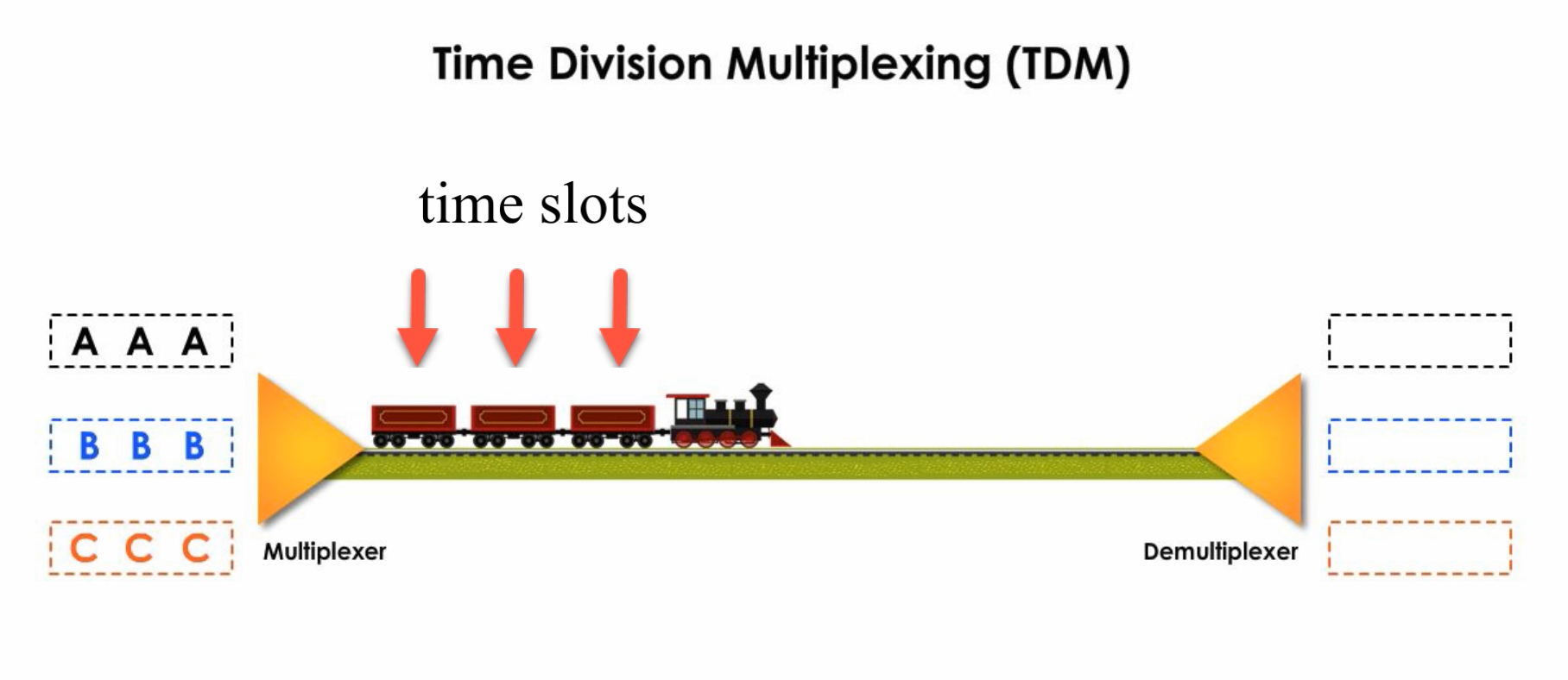
At the transmission end, the multiplexer divides time into different segments which we called time slots or intervals and assign them equally.
At the receiving end, the demux separates them
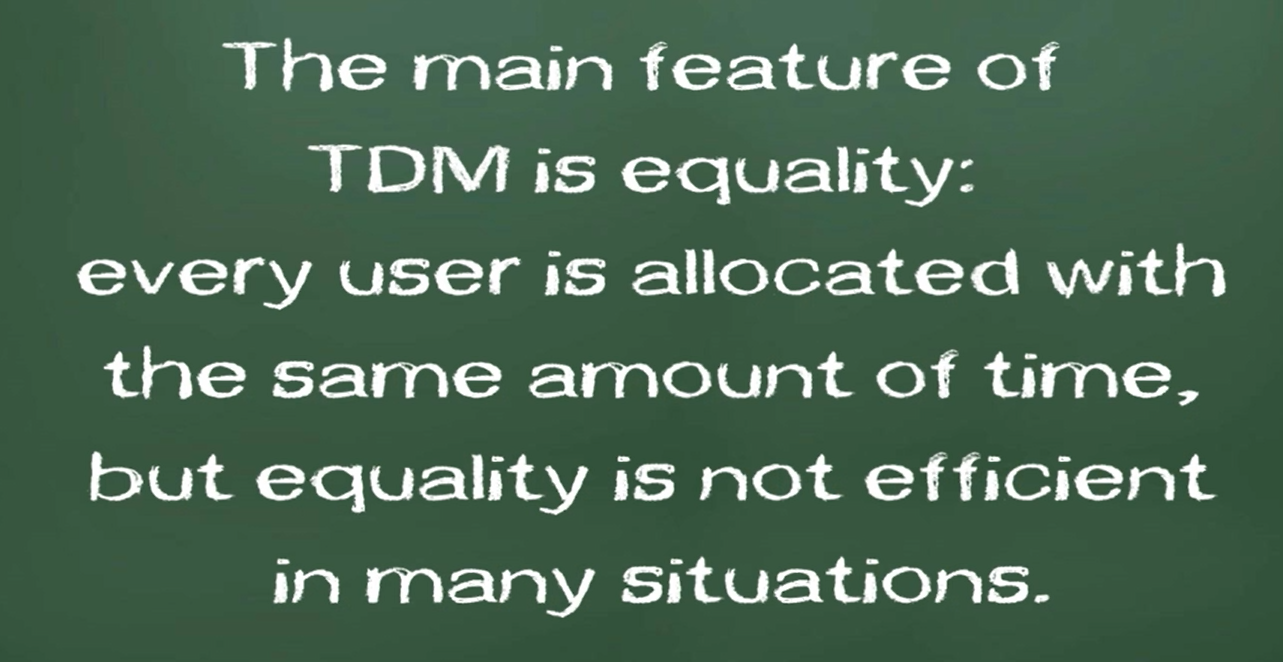

This leads to STDM
STDM
Statistical Time Division Multiplexing (STDM)

TDM and STDM
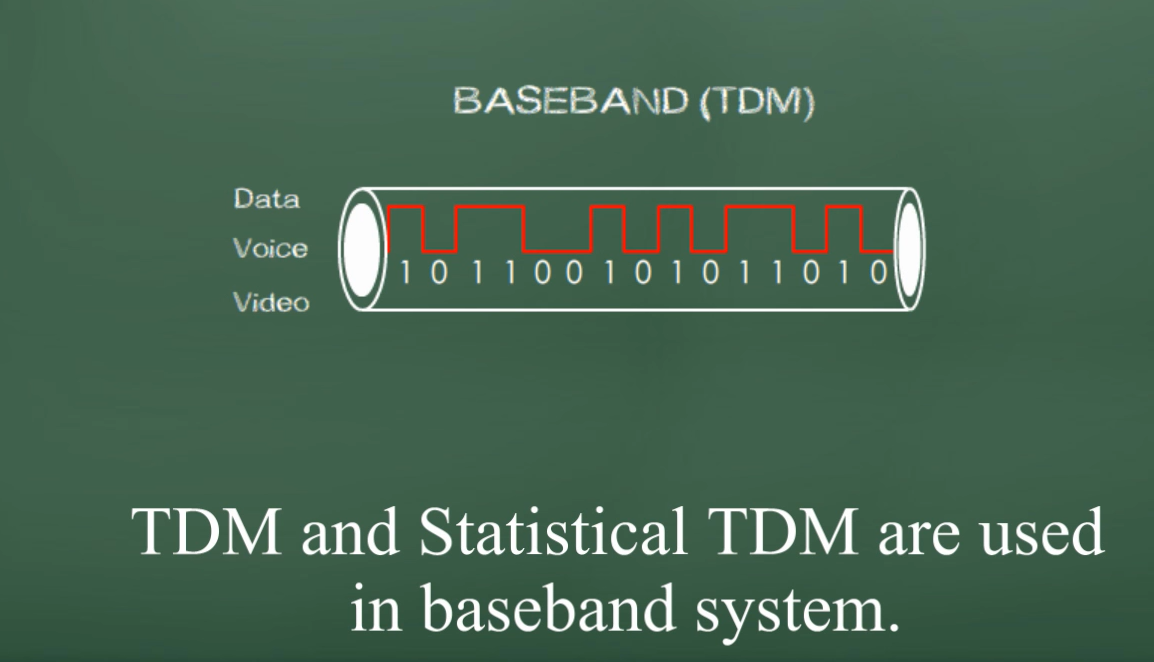
Ethernet is an example of baseband system.
FDM
Frequency Division Multiplexing. It deals with the analog signals.

Three different users are sending their data over the same channel. FDM combines these signals together and send them simultaneously as they travel separately in their own non-overlapping sub-channels.
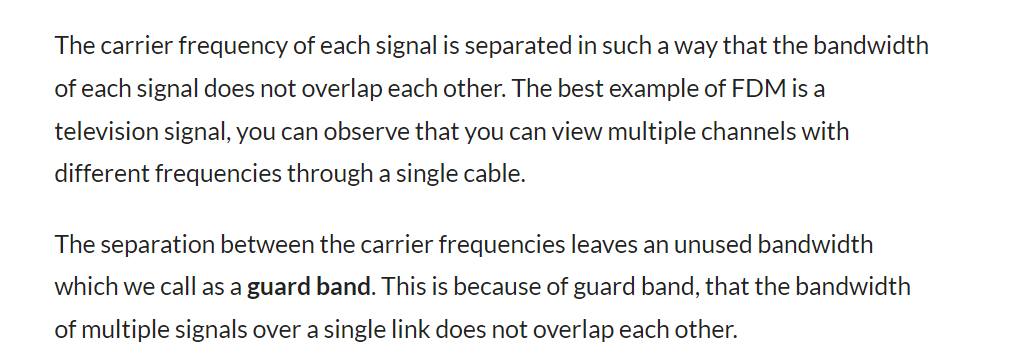

Broadband transmission deals with analog signals which are in the form of optical or RF Waves. Broadband allows multiple transmission at the same time. They can share one channel by using different frequency range. Thus, FDM is used in the broadband system.
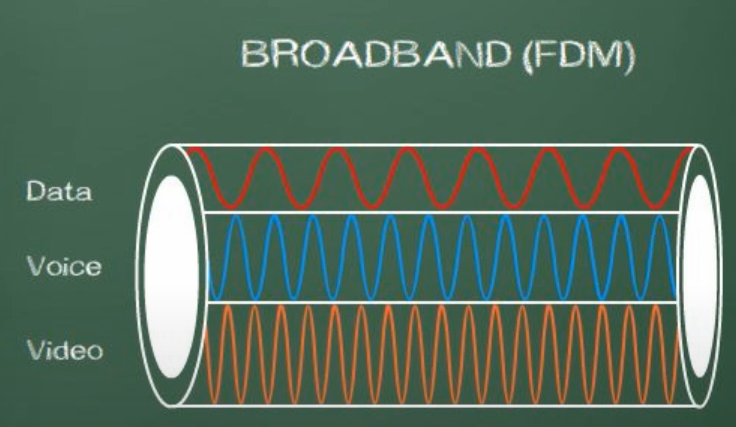
WDM
Wavelength Division Multiplexing.


